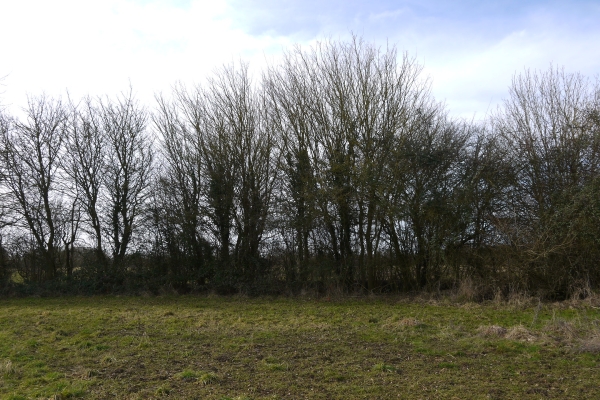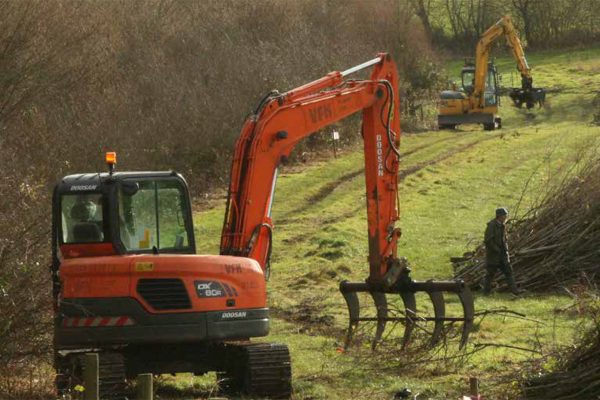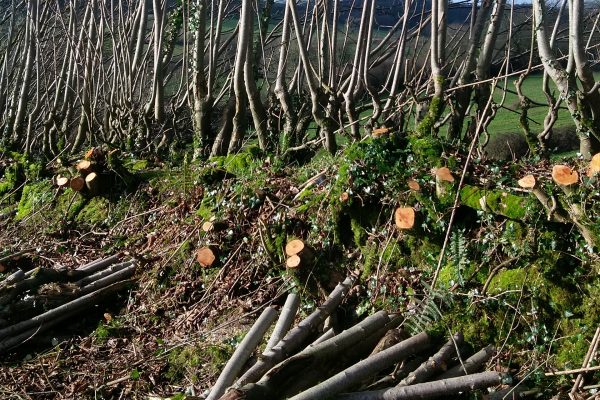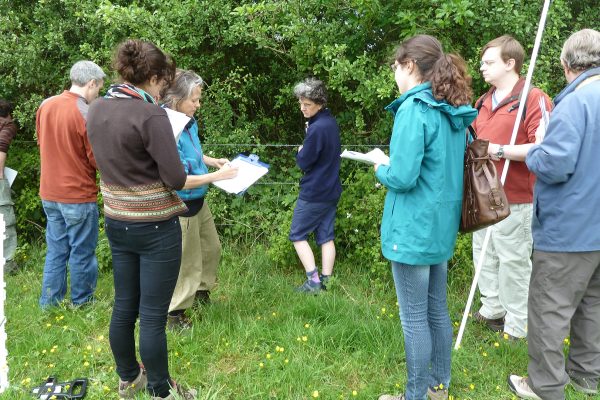Wood fuel from Hedges
How to manage and crop hedges in south-west England for fuel
Resource explained
Hedges can potentially produce sustainable woodfuel crops that can reduce farm overheads and help meet local community energy needs. This guide, published by the Devon Hedge Group on behalf of the Devon Local Nature Partnership, will help inform your decisions on managing and harvesting hedges for fuel. While focused on the south-west of England, much of the information is relevant to other parts of the British Isles.
It includes information on: Hedge types suitable for fuel; managing hedges to produce worthwhile firewood crops; legal considerations; the pros and cons of producing wood logs or chips; labour time and processing costs for different hedge harvesting methods; guidance on producing wood chips efficiently and wood chip drying and quality; estimating expected yields from different hedges types and guidance on hedge length; production costs; and, vitally, impacts on wildlife, landscape and public amenity and what you can do to prevent adverse effects.
Findings & recommendations
- The management and cropping techniques recommended in the guide are based on research in southern Britain and from northern continental Europe.
- While you can tailor management for some hedges on your farm towards fuel production, you should aim for them all to be multi-functional i.e. provide stock-proof barriers, improve biodiversity, and provide ecosystem services.
- The guide includes major points in the hedge management cycle that need to be recognised before you can estimate a hedge’s standing woodfuel crop. It contains information about the Whole Farm Hedge Fuel Assessment Tool you can use to obtain yield estimates.
- Managing for woodfuel can have harmful impacts on the wildlife of individual hedges and landscape appearance, which need to be assessed and mitigated. It is recommended that you:
- Take a whole farm approach when deciding which hedges on your farm to manage for fuel and when to harvest them;
- assess likely impacts on biodiversity, landscape character, cultural heritage, public access and views;
- manage no more than half through coppicing without any subsequent top trimming;
- plan a cropping rotation that is 10 – 20 years long;
- introduce coppice rotation gradually, with no more than 5% of hedges on your farm coppiced in any one year.





